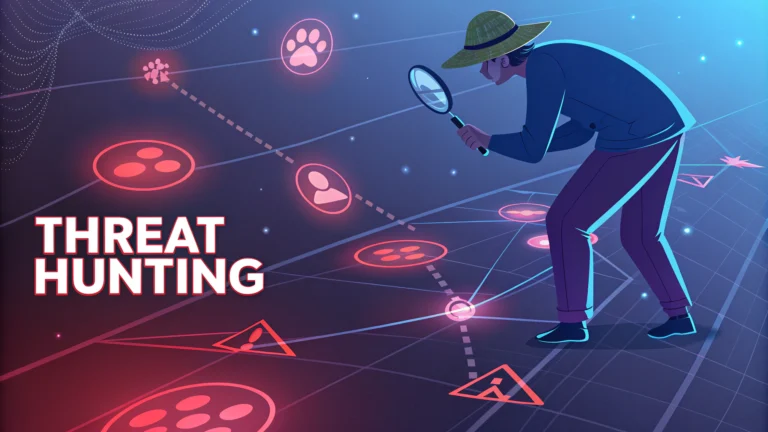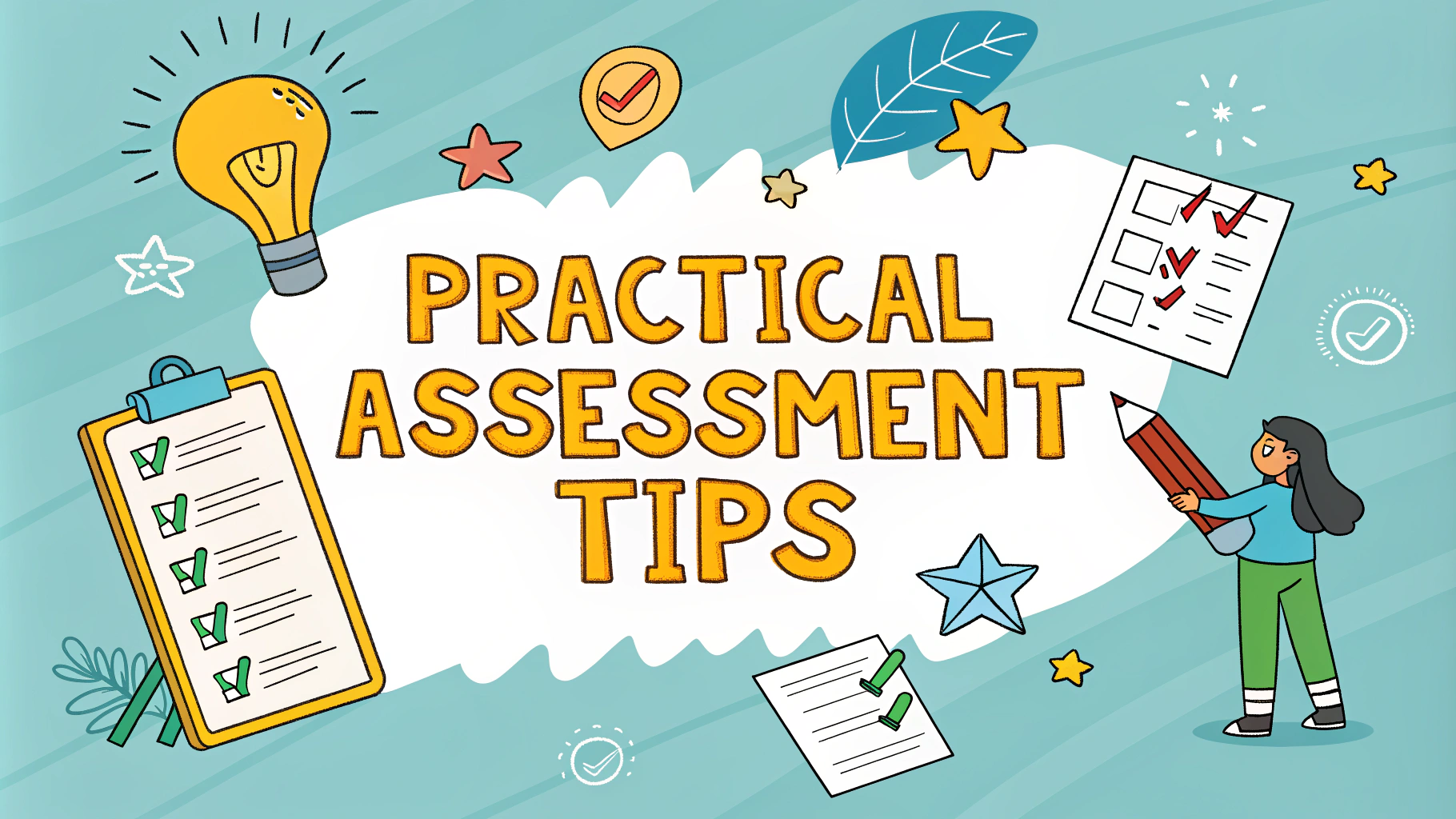Threat hunting and penetration testing work together as proactive security measures to identify and eliminate potential vulnerabilities before malicious actors can exploit them.
Security teams use specialized tools and methodologies to simulate real-world attacks, helping organizations strengthen their defense mechanisms and response protocols.
This guide explores effective threat hunting techniques, penetration testing frameworks, and practical steps to implement robust security assessments.
Getting Started with Threat Hunting
A threat hunting program requires a combination of automated tools and human analysis to detect suspicious activities.
- Security Information and Event Management (SIEM) tools
- Endpoint Detection and Response (EDR) platforms
- Network monitoring solutions
- Log analysis tools
Essential Penetration Testing Steps
- Reconnaissance and information gathering
- Vulnerability scanning and assessment
- Exploitation testing
- Post-exploitation analysis
- Reporting and remediation recommendations
Popular Tools for Security Testing
| Tool Name | Purpose | Website |
|---|---|---|
| Nmap | Network scanning | nmap.org |
| Metasploit | Exploitation framework | metasploit.com |
| Wireshark | Network protocol analysis | wireshark.org |
| Burp Suite | Web application security testing | portswigger.net |
Best Practices for Threat Detection
- Establish baseline network behavior patterns
- Monitor system logs regularly
- Implement automated alerting systems
- Conduct regular security assessments
- Document and track all findings
Common Attack Vectors to Test
- Social engineering attempts
- Web application vulnerabilities
- Network infrastructure weaknesses
- Wireless network security
- Physical security controls
Developing an Incident Response Plan
Every organization needs a documented incident response plan that outlines specific steps for handling security breaches.
- Define roles and responsibilities
- Establish communication protocols
- Create containment procedures
- Document evidence collection methods
- Plan recovery strategies
Security Assessment Resources
- OWASP Testing Guide: owasp.org/www-project-web-security-testing-guide
- NIST Cybersecurity Framework: nist.gov/cyberframework
- MITRE ATT&CK Framework: attack.mitre.org
Moving Forward with Security Testing
Regular security assessments should be scheduled based on your organization’s risk profile and compliance requirements.
Building a skilled security team or partnering with reputable security firms ensures consistent and effective threat hunting operations.
Contact organizations like SANS Institute (sans.org) or ISC² (isc2.org) for professional security training and certification programs.
Continuous Security Monitoring
Implementing a continuous security monitoring program helps organizations maintain vigilance and adapt to emerging threats.
- Real-time threat intelligence feeds
- Automated vulnerability scanning
- Behavioral analysis systems
- Asset discovery and tracking
- Configuration management tools
Advanced Threat Hunting Techniques
Behavioral Analytics
- User activity profiling
- Network traffic analysis
- Process monitoring
- Data access patterns
Threat Intelligence Integration
- External threat feeds
- Industry-specific indicators
- Automated correlation
- Threat scoring systems
Documentation and Reporting
Comprehensive documentation ensures consistent security practices and facilitates knowledge transfer within teams.
- Standard operating procedures
- Investigation workflows
- Incident response playbooks
- Remediation guidelines
- Executive summaries
Building Resilient Security Operations
Organizations must evolve their security programs to address emerging threats and maintain effective defense mechanisms.
- Regular team training and development
- Technology stack updates
- Process refinement
- Metrics and performance tracking
- Stakeholder communication
Strengthening Your Security Posture
Success in threat hunting and penetration testing requires ongoing commitment to security excellence and continuous improvement.
- Maintain updated security policies
- Foster security awareness culture
- Leverage automation effectively
- Build strategic partnerships
- Invest in professional development
FAQs
- What is Threat Hunting and how does it differ from traditional security monitoring?
Threat Hunting is a proactive cybersecurity practice where security professionals actively search for malicious activities or security threats that have evaded existing security solutions. Unlike traditional monitoring, which is reactive and relies on alerts, threat hunting involves hypothesizing about potential threats and actively seeking them out. - What are the essential tools needed for effective Threat Hunting?
Essential tools include SIEM (Security Information and Event Management) systems, EDR (Endpoint Detection and Response) platforms, network analysis tools like Wireshark, threat intelligence platforms, log analysis tools, and forensic investigation software. - What is the difference between Threat Hunting and Penetration Testing?
Threat Hunting focuses on finding existing compromises within a network, while Penetration Testing involves actively testing systems for vulnerabilities by simulating attacks. Penetration Testing is more focused on finding potential entry points, while Threat Hunting looks for threats that have already bypassed security measures. - What is the TTP framework in Threat Hunting?
TTP stands for Tactics, Techniques, and Procedures. This framework helps hunters understand and categorize adversary behaviors, allowing them to better identify patterns and potential threats. It’s often used in conjunction with the MITRE ATT&CK framework. - How does Threat Intelligence integrate with Threat Hunting?
Threat Intelligence provides context and information about known threats, threat actors, and their methods. This information helps threat hunters create better hypotheses, identify indicators of compromise (IoCs), and understand current attack patterns and techniques. - What are the main stages of the Threat Hunting process?
The main stages include hypothesis formation, tool and data gathering, investigation and detection, analysis and validation, response and remediation, and documentation and reporting of findings. - What is the role of Machine Learning in Threat Hunting?
Machine Learning helps identify patterns and anomalies in large datasets that might be impossible for humans to detect. It can automate initial threat detection, reduce false positives, and help prioritize areas for investigation. - What are Indicators of Compromise (IoCs) in Threat Hunting?
IoCs are pieces of forensic data that identify potentially malicious activity on a network or system. These can include suspicious IP addresses, unusual login patterns, unexpected network traffic, strange registry changes, or unusual file modifications. - How does log analysis contribute to Threat Hunting?
Log analysis helps identify suspicious activities by examining system, network, and application logs. It provides historical data about system behaviors, user actions, and network communications, helping hunters identify patterns and anomalies. - What qualities make an effective Threat Hunter?
An effective threat hunter needs strong analytical skills, deep understanding of system and network architecture, knowledge of attack techniques, programming skills, data analysis capabilities, and the ability to think like an attacker.








